
Lughnasadh (pronounced loo-nah-sah) is one of the four Greater Sabbats. Also called Lammas, it is one of the two Pagan sabbats clearly identified with a specific goddess or god – the other is Imbolc / Brigid’s Day. Lughnasadh is observed annually on August 1st which is approximately halfway between the summer solstice (Litha) and the autumn equinox (Mabon).
During this sabbat, the first of three annual harvest festivals, contemporary Pagans celebrate Earth’s abundance and give thanks for it.
HISTORICAL LUGHNASADH
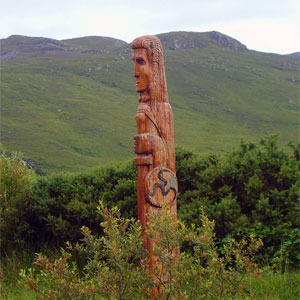 Historically, Lughnasadh, also spelled as Lughnasa, was an ancient Celtic pagan festival. According to Irish mythology, it was started by warrior god Lugh as a funeral rite he held in honour of his foster mother, Tailtiu. She was an Irish Earth goddess who was said to have cleared the land for her people to grow food, dying of exhaustion shortly thereafter.
Historically, Lughnasadh, also spelled as Lughnasa, was an ancient Celtic pagan festival. According to Irish mythology, it was started by warrior god Lugh as a funeral rite he held in honour of his foster mother, Tailtiu. She was an Irish Earth goddess who was said to have cleared the land for her people to grow food, dying of exhaustion shortly thereafter.
Over time, this celebration became known as “Lughnasadh” which is a combination of Lugh and násad, a Gaelic word for gathering. The “first fruit” of the harvest season – grains – were offered to Lugh and, as such, Lughnasadh evolved into a harvest festival.
Festivities came to include singing, dancing, athletic contests, and feasting. Though first celebrated in Ireland, it was later adopted in other parts of Great Britain, including the Isle of Man and Scotland.
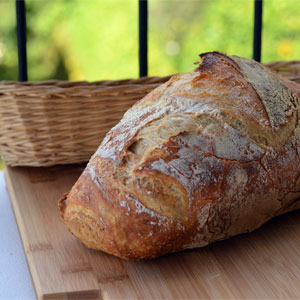 With the rise of the Church, early Christian converts continued to celebrate the pagan festival. They would bake bread with the flour ground from first harvest grains. Afterward, they would have the loaves blessed at church to ensure Earth’s continued abundance during the rest of the harvest season. This blessing was called hlaef-mass, which is Anglo-Saxon for “loaf” and “mass” and it eventually became known as Lammas.
With the rise of the Church, early Christian converts continued to celebrate the pagan festival. They would bake bread with the flour ground from first harvest grains. Afterward, they would have the loaves blessed at church to ensure Earth’s continued abundance during the rest of the harvest season. This blessing was called hlaef-mass, which is Anglo-Saxon for “loaf” and “mass” and it eventually became known as Lammas.
Some contemporary Pagans have adopted this name for the first harvest festival, rather than Lughnasadh so both names may be used interchangeably.
CONTEMPORARY LUGHNASADH
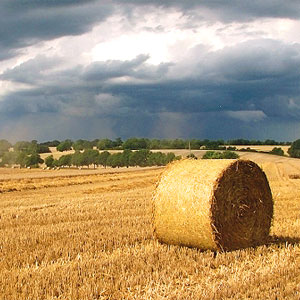 Modern Pagans celebrate Lughnasadh as a festival honouring Earth, its abundance, and the harvest.
Modern Pagans celebrate Lughnasadh as a festival honouring Earth, its abundance, and the harvest.
It is an ideal occasion give thanks for the blessings you’ve received and to share your good fortune with family, friends as well as the community’s less fortunate.
Although Beltane is the traditional sabbat for handfastings, for some Pagans, Lughnasadh is also a favourable time for these and other relationship commitment ceremonies.
It is also an opportune time for introspection and personal growth spells as well as to work protection, prosperity, and sun magick.

LUGHNASADH MAGICKAL CORRESPONDENCES
MAGICKAL & SPIRITUAL INTENTIONS: Abundance; accomplishment; blessings; challenges; community; Earth magick; good luck; gratitude; introspection; personal growth; prosperity; protection; reflection; sun magick; transformation.
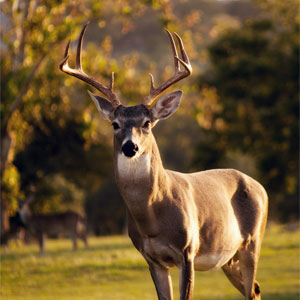 ANIMALS: Dog; eagle; squirrel; stag.
ANIMALS: Dog; eagle; squirrel; stag.
COLOURS: Brown; gold; green; orange; yellow.
CRYSTALS & STONES: Aventurine; carnelian; citrine; onyx; peridot; tiger’s eye; topaz.
DECORATIONS & SYMBOLS: Bunches of barley, rye, & wheat stems; a cauldron; a chalice; corn dollies; corn ears, especially the flint variety; cornucopia; fresh herbs; gourds; Lugh, sun god, and/or sun images & symbols; sunflowers.
ELEMENT: Fire.
ESSENTIAL OILS: Cinnamon; frankincense; patchouli; rose; rosemary; sandalwood.
FLOWERS: Aster; coneflower; cornflower; heather; marigold; meadowsweet; poppy; rose; sunflower.
FOOD & DRINK: Breads; cornbread; grains, especially barley, rye, & wheat; honey; jam; mead; nuts; pies; seeds; wine.
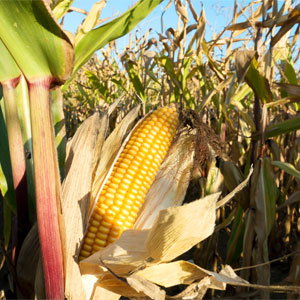 FRUIT & VEGETABLES: Apples; blackberries; blueberries; corn; grapes; green & yellow beans; onions; potatoes; summer squash.
FRUIT & VEGETABLES: Apples; blackberries; blueberries; corn; grapes; green & yellow beans; onions; potatoes; summer squash.
HERBS & SPICES: Allspice; basil; bay; fennel; garlic; rosemary.
INCENSE: Frankincense; sandalwood.
METALS: Brass; gold.
SMUDGES: Basil; frankincense; sandalwood.
TOOLS: Boline; cauldron or other eco-friendly fire-safe vessel for smudging; chalice; feather.
TREES & SHRUBS: Apple; hazelnut; myrtle; oak; rowan.
LUGHNASADH CELEBRATIONS
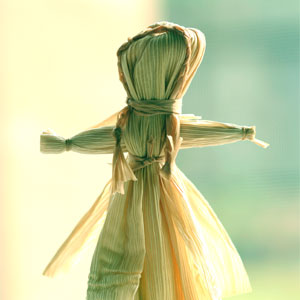 Lughnasadh is a festival of giving thanks to Earth for providing us with so much abundance. There are many ways to incorporate it into your life. You can make your observances as informal or as festive as pleases you. You can celebrate with family and friends or you may feel more introspective, choosing to observe it on your own. There’s no one right way to commemorate any sabbat so it’s best to embrace traditions that you’ll enjoy repeating year after year.
Lughnasadh is a festival of giving thanks to Earth for providing us with so much abundance. There are many ways to incorporate it into your life. You can make your observances as informal or as festive as pleases you. You can celebrate with family and friends or you may feel more introspective, choosing to observe it on your own. There’s no one right way to commemorate any sabbat so it’s best to embrace traditions that you’ll enjoy repeating year after year.
Decorate your altar or other sacred space as well as your home for Lughnasadh with items such as rye or wheat stems, your cauldron or chalice, corn dollies, some colourful flint corn ears, a cornucopia with fresh herbs, flowers & gourds, Lugh, sun god, and/or sun images & symbols, and sunflowers – all of which symbolize abundance and this sabbat.
Consciously give thanks to Earth for providing us with such an incredibly abundant bounty, from food and water to materials needed to craft homes and clothes. Everything we use in life comes from something Earth has provided us with.
Bake a few loaves of bread using a wheat flour recipe, such as our Wheat Bread. Enjoy your fresh bread with family and friends but save one loaf for a home protection spell.
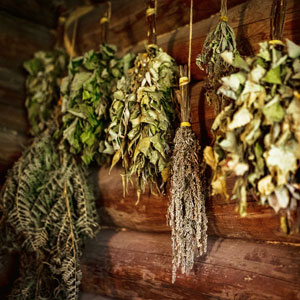 If you have an herb garden, you could harvest and dry them for the upcoming year. Use a boline or other sharp knife to cut them. Go through your herbs, one type at a time, picking off any dying or slimy leaves and stems and then wash them thoroughly. Tie them together in small bunches, at the cut end, with cotton string or another natural twine. Hang them until they are completely dry. This may take weeks.
If you have an herb garden, you could harvest and dry them for the upcoming year. Use a boline or other sharp knife to cut them. Go through your herbs, one type at a time, picking off any dying or slimy leaves and stems and then wash them thoroughly. Tie them together in small bunches, at the cut end, with cotton string or another natural twine. Hang them until they are completely dry. This may take weeks.
Craft some Basil Water with basil freshly harvested from your garden or from farmer’s market. Use the Basil Water to bless your garden so that it continues to flourish through to the next harvest as not everything will be ready to pick now and isn’t guaranteed to continue thriving.
If you have a vegetable garden, you could pick any produce that is ready to harvest. If you don’t have your own garden, you could purchase some from a farmers market or go to a farm that allows you to pick produce. Either way, you’d have some lovely fresh fruit and vegetables to prepare a Lughnasadh meal with.
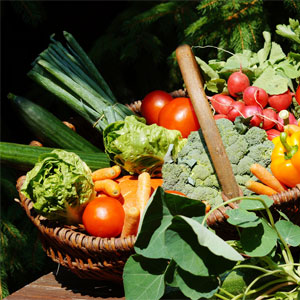 Pay it forward. Share some of your garden’s abundance with a friend in need. If you know someone who is feeling blue, fresh-cut blossoms from your flower bed might make them smile. You could donate some of your fresh fruit and/or vegetables to a homeless shelter. Or you might help an elderly person run their errands or with their yardwork. Any of these activities help us balance the universe’s scales.
Pay it forward. Share some of your garden’s abundance with a friend in need. If you know someone who is feeling blue, fresh-cut blossoms from your flower bed might make them smile. You could donate some of your fresh fruit and/or vegetables to a homeless shelter. Or you might help an elderly person run their errands or with their yardwork. Any of these activities help us balance the universe’s scales.
Take a nature walk and collect items that the Earth has provided you for your altar, such as acorns, pinecones, seeds, stones, or even a small fossil rock. You might also find a fallen branch or twig that would make an awesome general-purpose wand.
This sabbat is a traditional time for handfastings. If you are planning to get engaged, married, or move in with a romantic partner, this is a timely day to do so.
Enjoy a potluck dinner or picnic with family and friends where all can share in the celebration of the annual harvest. Ask each person to bring a dish prepared with a seasonal fruit or vegetable.
Create your own personalized Lughnasadh ritual, something that has meaning to you, which you’ll enjoy repeating every year.
To find more detailed information on Lughnasadh and the other sabbats, please refer to our Bibliography.
IMPORTANT: COVID-19 has greatly changed our ability safely interact with others who do not live in our households. Lughnasadh celebrations, however, can still be meaningful nonetheless. Many of the suggested activities can easily be carried out alone or with household members. Otherwise, you can include other family and friends via phone call, video call, and group chats.
Photos & Images: giannidiciavrie · Pixabay · license / Liam Moloney · Flickr · CC BY-SA 2.0 · adapted / Greg Seymour · Pixabay · license / Evelyn Simac · Geograph · CC BY-SA 2.0 · adapted / Laura College · Unsplash · license / stux · Pixabay · license / John Morgan · Wikimedia Commons · CC BY 2.0 · adapted / Marco Verch · Flickr · CC BY-SA 2.0 · adapted / Sven Hilker · Pixabay · license
